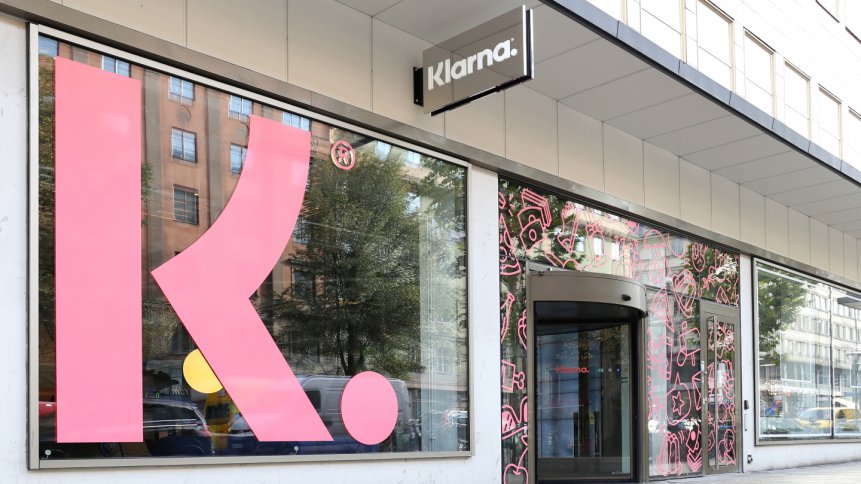Market movements in fintech: logical or surprising?

Climbing inflation – which affects the buying habits of consumers and changes the cost of borrowing – is hitting investor confidence in fintech firms, but should we be surprised? Certainly, the headlines have been written to grab our attention – pointing to market events such as buy-now-pay-later firm Klarna’s recent tumble in valuation from $46 billion to $6.7 billion. Stripe – a payments processor popular with online merchants – has also been in the news following a drop in its internal share pricing. And taking a wider look, financial data firm Pitchbook notes that fintech is seeing ‘one of its weakest quarters on record’ based on the company’s latest Emerging Tech Indicator report published in August 2022.
Signals in the noise
There are other indicators too that fintech is going through a tough patch. Tech layoff tracker Layoffs.fyi, often cited by Techcrunch and others, is another barometer of what’s happening across IT-related industries, including fintech. Scrolling through the data, both fintech and retail segments are registering high on the list of layoffs, pointing to the difficulties of the current financial climate (Klarna trimmed its team by around 10% in the first half of 2022, noting ‘tumultuous’ economic conditions). But what do fintech founders say?
Sebastian Siemiatkowski, who’s been running Klarna for 17 years, appears pragmatic and notes that the company has navigated tough market conditions before. What may be causing concern with investors, however, is that the firm – which has been profitable for much of its existence – has reported widening losses since 2019. But these losses are the result of the costs incurred as it expands into the US and other large markets, which Klarna no doubt hopes will be repaid in terms of adding the new customers and retail partners necessary to stay ahead.
According to the company’s most recent full-year results, announced in February 2022, Klarna increased its number of users by almost a third – bringing the total up to 147 million, across 45 countries. And the company has brought additional major brands on board, which signposts that the fundamentals remain compelling enough for well-established firms to sign up. Klarna makes its money through payments made by retailers whenever users shop on partner websites, or in-store with Klarna. The firm also offers credit to consumers on larger purchases over a period of 6-36 months, but most of the company’s buy-now-pay-later transactions (‘Pay in 30 days’ and ‘Pay in 3 installments’) are free for shoppers.
Strong headwinds
Over the years, Klarna has built its business by making it easy for digital merchants to offer purchasers the ability to try before they buy and the option of spreading the costs if they decide to keep the goods – a proposition that remains attractive based on the company’s numbers. Of course, Klarna doesn’t have the online shopping market to itself, but even the giants of the sector such as Paypal are experiencing a dip in investor confidence. Paypal stock has fallen from a high of over $300 per share in July 2021 to a market price of $93 today. Recall also that Paypal owns mobile payments firm Venmo, which reported 50% growth in Q2 2022 and claims to have nearly 90 million accounts in the US.
According to the firm, ‘Consumers are 19% more likely to complete a purchase with Venmo over traditional payment methods’, which might suggest that it is regular banks that could end up facing a squeeze rather than fintech. Cycling back to Stripe, which was referenced at the top of this piece, and there are more signs that digital players are not just carving out new opportunities online, but also attracting customers away from traditional service providers. Global container shipping giant Maersk turned to Stripe in May 2022 to streamline its payments operations, which prior to the integration were ‘fragmented across multiple providers’. Now, thanks to Stripe’s digital services, Maersk operates a ‘single, agile payments portal’ that allows customers to use credit cards, a payment method that wasn’t possible previously and hints at the old-world architecture that must have been creaking in the background up until now.
Digital strategies key
So the takeaways are that while valuations for fintech firms might be grabbing the headlines, it could be service providers that have been slow to digitize their offerings to customers, which turn out to be most vulnerable as ‘tumultuous’ economic conditions blow through the market. Apple is again touting the success of its credit card – which is issued by US financial services firm Goldman Sachs – based on the results of a recent industry survey. The financial product, first launched in 2019, marries Apple’s digital ecosystem with the credit world and is yet another wake-up call to banks who find their digital strategies lacking. In fact, the success of the card could have unearthed another sign that traditional banking is finding it hard to catch up. On page 98 of Goldman Sach’s latest form 10-Q (PDF) – a mandatory quarterly financial filing for publicly traded firms in the US – the bank acknowledges that it is ‘cooperating with the Consumer Financial Protection Bureau in connection with an investigation of GS Bank USA’s credit card account management practices’. These include processes such as the application of refunds and billing error resolution.










